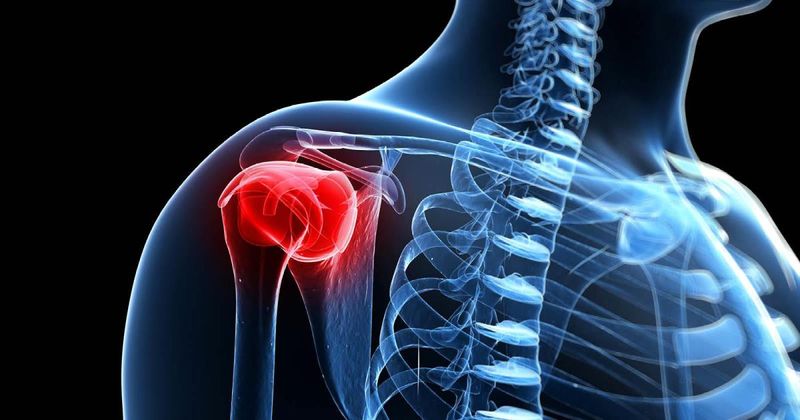Suprascapular nerve release may not be routinely needed for rotator cuff repair
The addition of suprascapular nerve release did not provide significant improvements in functional outcomes or pain relief and may not be needed for patients undergoing rotator cuff tendon repair, according to published results.
Researchers performed a literature review of nine studies that investigated the effect of suprascapular nerve release (SSNR) on 279 patients (average age of 52.7 years) who underwent rotator cuff repair. Outcome measures included American Shoulder and Elbow Surgeons scores, University of California, Los Angeles shoulder scores, Constant scores and VAS pain scores. Additionally, researchers performed subgroup analysis to analyze non-comparative studies vs. comparative studies.

Overall, all patients saw significant improvements between preoperative and postoperative shoulder function scores. However, analysis of the six studies that compared functional scores revealed no significant differences in change in shoulder function scores between those who received SSNR and those who did not. Similarly, VAS pain scores were significantly lower from preoperative to postoperative measures among all patients in studies in which VAS scores were recorded. However, analysis of the four studies that compared VAS scores revealed no significant between-group differences in change in VAS scores. No statistically significant differences were found in retear rates between the group with and the group without SSNR.
“Our meta-analysis showed that SSNR did not provide additional benefits in patients undergoing rotator cuff tendon repair,” the researchers wrote in the study. “SSNR is not recommended as a routine procedure for rotator cuff tendon repair but should be considered in those who have a high risk of SSN entrapment,” they added.

